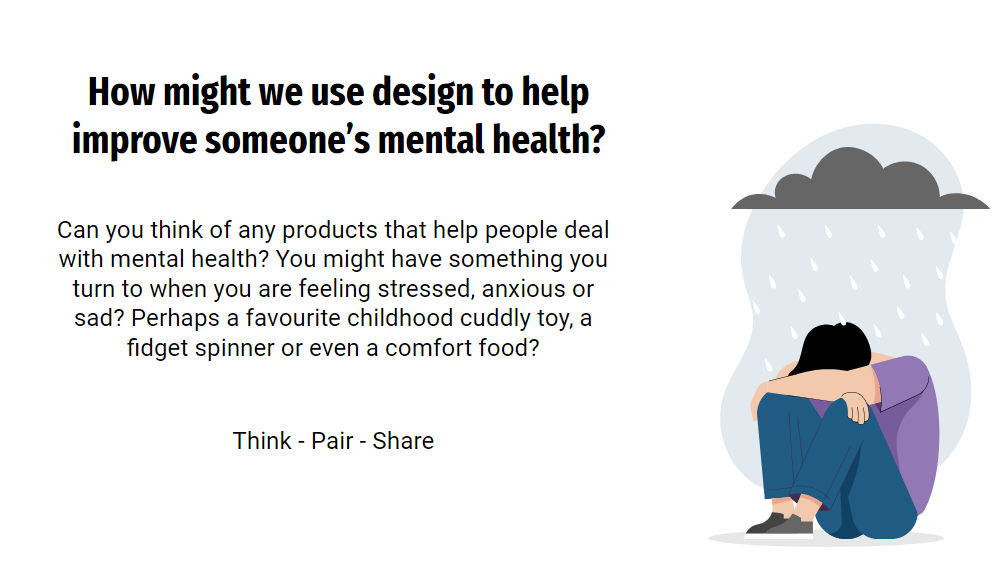 I was just going through my Google Drive and stumbled upon this incomplete slide deck I made a long time ago... It was for a unit on improving mental health, and shows a few innovative/interesting products. Students guess what he products are, before the actual use/reality is revealed. While I am no longer in the classroom, (I am full time at the IB now), I do still get random inspiration and excitement about different ideas for lesson activities or units. The following idea comes directly from my online Christmas shopping, as I am scrambling to buy some last minute gifts for family and friends! I have done packaging design for students as a full unit, where they focus on packaging that shows their products are healthy, ethical and tasty, but for this activity, I would just have students design FUN or BEAUTIFUL packaging. This could be a chance for students to bring in their skills as an artist, (I do a lot of digital design, using Adobe Illustrator, so this would be ideal!) Statement of Inquiry: The products we buy can send signals about who we are. Key concept: Communication “Communication is the exchange or transfer of signals, facts, ideas and symbols. It requires a sender, a message and an intended receiver. Communication involves the activity of conveying information or meaning. Effective communication requires a common “language” (which may be written, spoken or nonverbal)." - There's also a design specific definition, but the general definition is perfect. Related concept: Markets and trends Markets can be considered as sectors and segments comprised of groups of individuals with similar needs. Trends involve short- and long-term patterns of consumer behaviour. Global context: Identities and relationships - Identity formation. Who am I? Who are we? Students will explore identity; beliefs and values; personal, physical, mental, social and spiritual health; human relationships including families, friends, communities and cultures; what it means to be human. Brief: You have design packaging for chocolate that makes people want to buy it as a gift. This means the packaging should increase the value or the chocolate, so that buyers would pay more for the item. Students should consider what sort of messages the chocolate buyer wants to send about themselves an dwhat they think about the person they are buying the chocolate for. Are they classy? fun? an art lover? sophisticated? Inspiration: Le Chocolat des Francais, a chocolate company started by art-school graduates. Maison Boissier, a french chocolate and candy shop, opened in 1827. There are of course lots of other companies that can be used as inspiration - I am just sharing these two as these are the ones I have been eyeing up for Christmas gifts, and the ones that make me think of doing this activity! Possible activities:
As I have been both a design teacher and a school librarian, this Oxfam resource sings to my heart! Planning Research for Influencing Diagram is not necessarily designed for school students, but can be super useful! This shifts the idea of researching as a way of simply gathering facts and anaysing their validity, to actually analysing their usefulness, and then using them! It also helps students see that different types of information and useful for different purposes and audiences. As a design teacher I had this resource laminated in my classroom, (along with a few other helpful resources that students could take to their desks while working). This was used when creating a research plan, when delivering their design brief, and even in the analysis of their product, (too often this is a personal analysis, but I would often ask them to write their analysis as if they were delivering it to their client!). In design students are often creating for a user and client. Sometimes these are the same people, but often they are not. For example: designing affordable food, with a low carbon footprint for a school canteen. Here the students and teachers are the users, but the school is the client. The information you provide the teachers and students could include 'human face to the story', 'killer facts-easy to remember', 'clear impact...' but the school might also want to know about things like cost. This resource can be used for any project where their is an audience (for example, any assessment created with GRASPS). It can also be used outside of the classroom - for example, if you want to start a new iniative or create change in your school, students would present the information to their peers, students of different ages, parents, teachers and leadership in very different ways! I also wonder if educators can use it when sharing factual information - this makes me think of the start of year presentations all about student exam results... perhaps an infographic in the school newsletter, facts and figures for the board, but individual student success stories in the faculty meeting. I didn't use this for service learning, but on reflection, this would also be a great tool for students sharing the impact of their projects! This is the part of the graphic I find most useful! I wonder if it would be worth making a graphic for design students, where they consider the different types of information they would make for different types of users and clients? or perhaps a graphic for influencing change in schools, where it says the different types of information for parents, students, teachers, the board, etc? What are you go-to resources you use over and over? What are the resources not made for educational purposes, that you have hijacked? Let me know - I am always looking for things to add to my toolkit!
If this was helpful, consider buying me a coffee. During the two weeks my brother is staying with me, I will get him to collect up any scrap paper, including his own notes, receipts, tickets, flyers etc. I have just been given a badge maker, so will will make some 'memory buttons' using some of the paper. One of my favourite illustrators Rob Hodgson posted his experiments with paper-making, so of course we will do this too! I bought a magic frame and mesh, but you can also make this yourself. We have a basic hand-blender. We will add lots of water, so my cheap blender doesn't die! You can add as much water as you want when making paper, as you then drain and dry. I really like Rob Hodgson's monster experiments. I will show this to my brother and see what he wants to make with the paper, but will give him some ideas of bunting, seed paper and postcards. What else could we make? Part of the purpose of this is to not be wasteful and to recycle. I will tell him about this challenge (and the button making) at the start of his visit, so he can be thoughtful when collecting different materials. This could be a good end-of-year task in school - students could even use paper from torn-down displays!
On my Instagram feed I have recently seen a few people printing with Lego. This could also be a good end of year activity or a cool way for a school's First Lego League to design a logo for their team!This could also be an activity for making greeting cards to sell. I can also imagine secondary school students doing this with primary school students! This is another activity I will get my 17 year old brother to do when visiting, with the added challenge of making a print with my two year old son! Challenge: Create a poster by printing with Lego Consider: You can use any Lego brick (as long as you clean them after). Consider how the different types of brick will leave different marks! You can print more than one layer too - consider how different layers, with different colours could create an impact! Note: All the Lego bricks will need to be at the same height! I've bought some Lego Dots, but we have a lot of Lego and Duplo in the house to use too! A lot of people print with the Dots, because they are all the same height and smooth. However, I have also seen cool prints done with different bricks too. Although this can be an activity with super young children, there are many adults using Lego for printing, and some very cool examples can be found online. Here are the examples I will show my brother: Thank you to everyone who has 'bought me a coffee'. Hosting this site costs money, and the coffee purchases have helped off set that a little! Much appreciated <3
My 17 year old brother is staying with me for two weeks and I have a lot of activities for us to do. I am going to get him to do some printing with flowers/plants. I might get him to do this after a neighbourhood walk or I might get him to do it when flowers in our house start to look a bit droopy... I am unsure yet! I will likely get him to do this as a postcard to send home to the family! This could be a fun activity to do with students. Would also be interesting to develop further, with students learning about natural dyes, as well as thinking about how this is a way of preserving memory (for example, if you did this with a wedding bouquet).
The information my brother will receive: Challenge: Use flowers and other plants to print What: This is often called Flower Pounding Printing. Gather flowers and leaves and press them into fabric or paper. You can then add to the image, by painting, drawing or sewing Inspiration: If I was still teaching I would definitly be doing a few different units where we explore the use of AI (including debating it's ethics)! My 17 year old brother is going to be be staying with me and will be doing various video game challenges (likely some tutorials and mini exercises using Unity, Unreal Engine or Blender). However, I will also get him to explore how AI can be used to help with brainstorming and for creating basic assets, incluidng characters. There are actual lots of AI tools that can create proper assets, that you can use in your game design, but for this exercise, I will just be using Dall-E to create basic character visuals. (I might get him starter with Craiyon....the results are less cool, but I want him to play about with it to see the potential - his starter exercise might be using Craiyon to create a basic icon or logo). Before my brother gets started I will get him to do some brainstorming to start developing his character ideas. I have saved lots of character design sheets on Pinterest (made for DnD) that can help him get started too: Tommy will be generating a range of characters, then adjusting the prompt to improve the visuals. I'll get him to annotate and describe changes he would make. I may also have him use the AI generated art in Procreate or Illustrator, where he can develop the image further. Here is the information I will give my brother: Challenge: Create a video game character using AI What: Dall-E How: Here are examples of Dall-E generated images and their prompts. Use these to help you write your own prompts. Here and here are some styles you might want to add to your prompt. Examples: The following are some examples I created. I looked at examples on PromptHero, then adapted them. In my scenario, I am exploring character design for a video game featuring a teenager girl skateboarder! Although I am designing these short challenges to be short activities my brother does while he is staying with us, either to start or end the day, I think this one will lead to a big discussion. We will likely talk about authenticity, craft, originality, bias in the data sets that feed AI, the impact on creative industries and the good and bad potential of AI!
This could be a fun end of year activity. Students could even develop characters based on themselves, another class mate, the IB learner profile, a historical figure or someone else notable or important to them. You could also have all students see how they can use AI to create visuals for the same person (for example, if you are studying a text, get them all to generate visuals of the characters)! |
Archives
June 2023
|
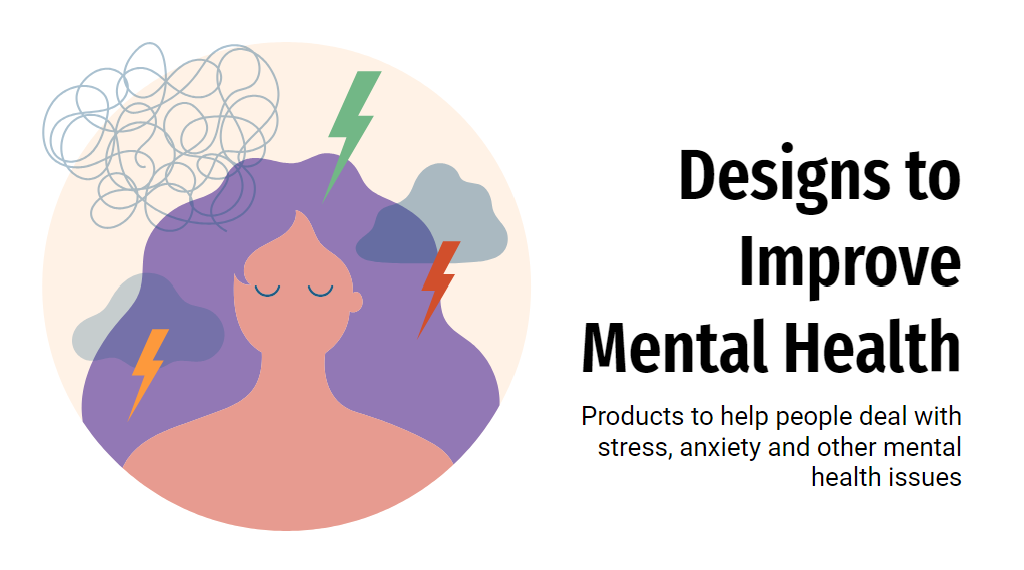
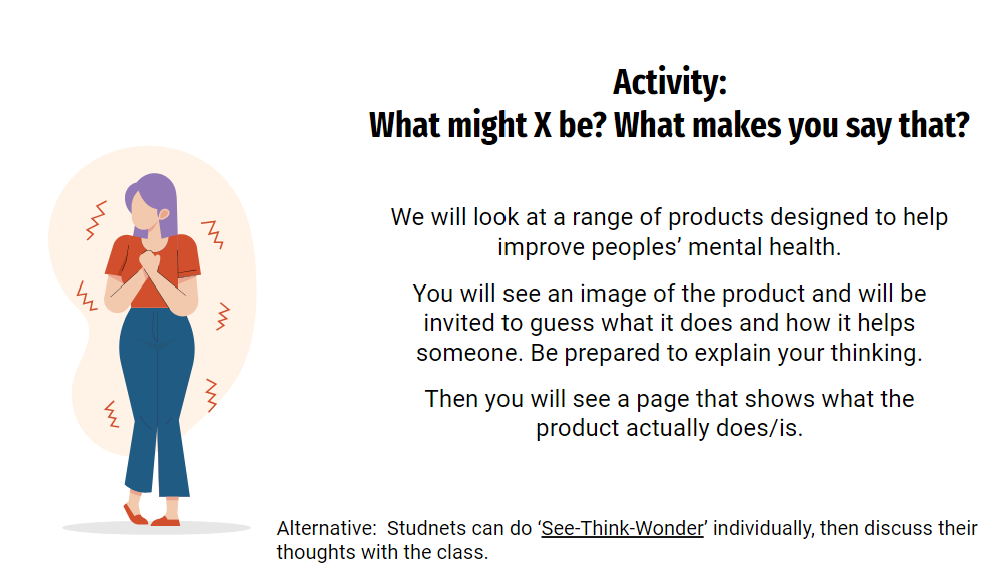
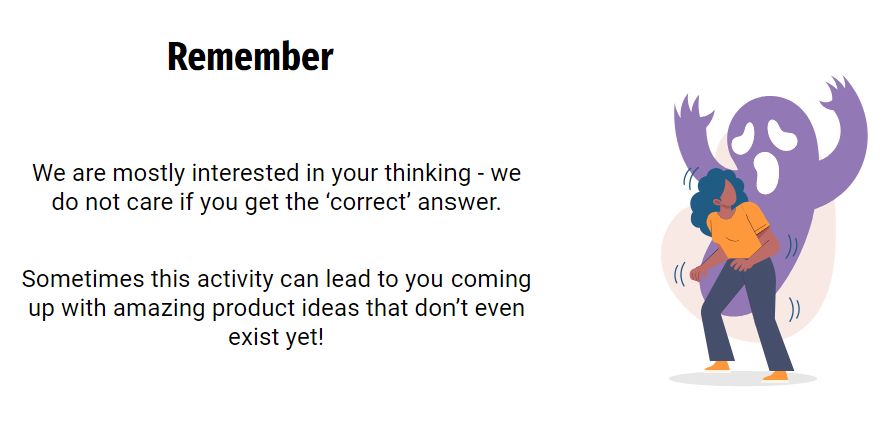
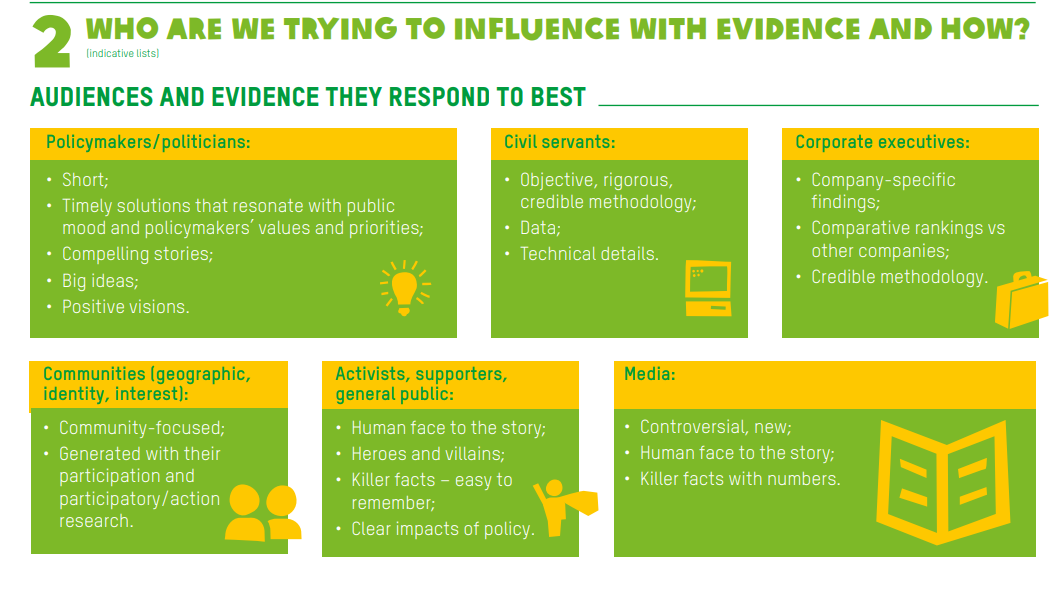
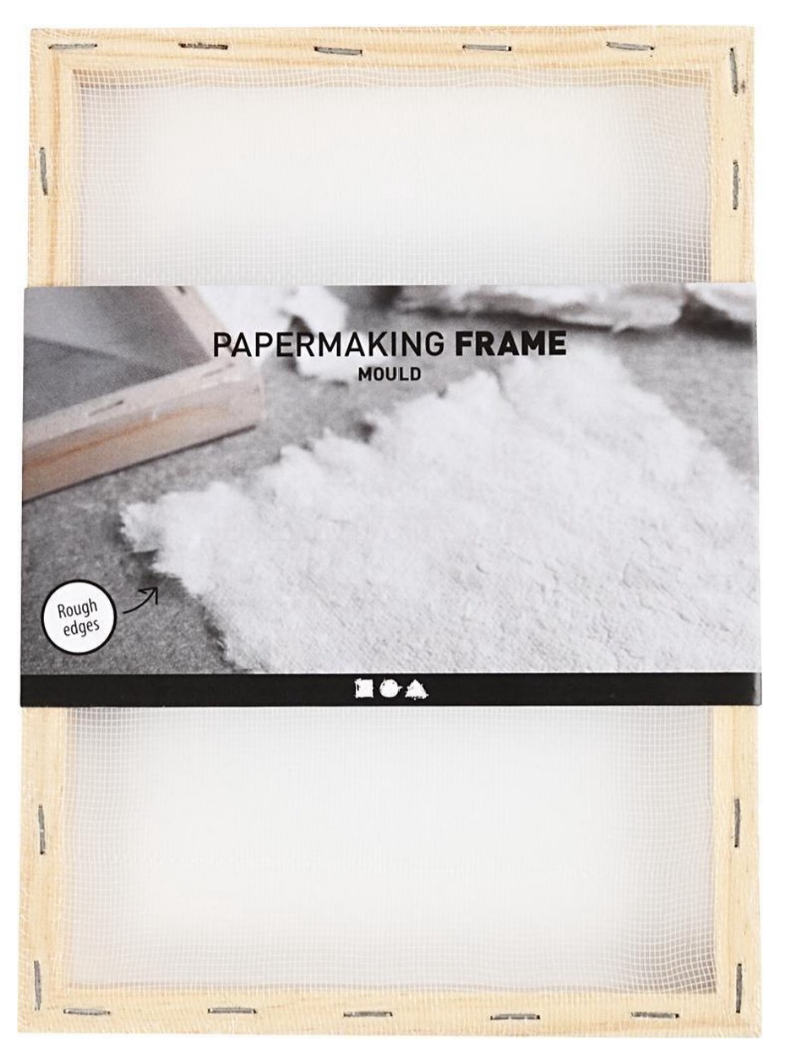
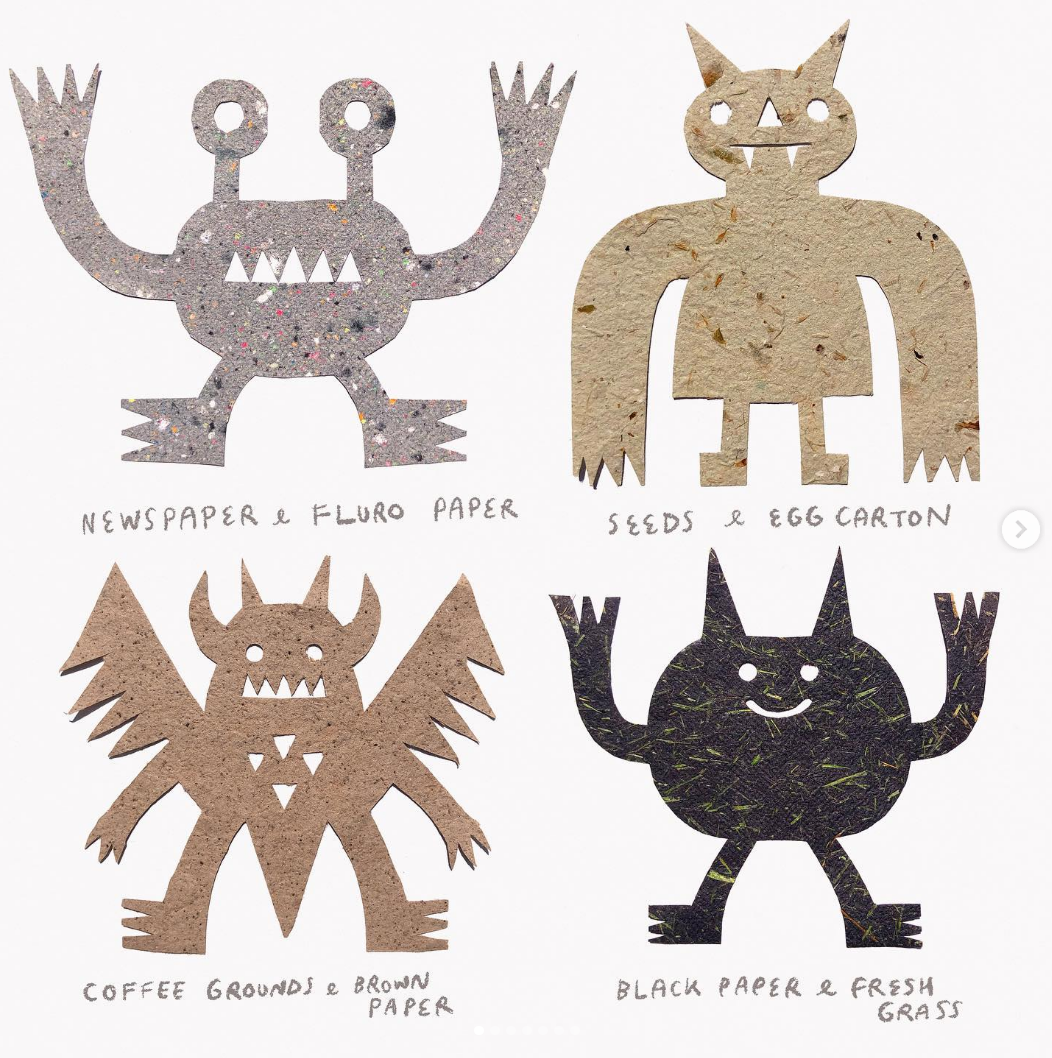
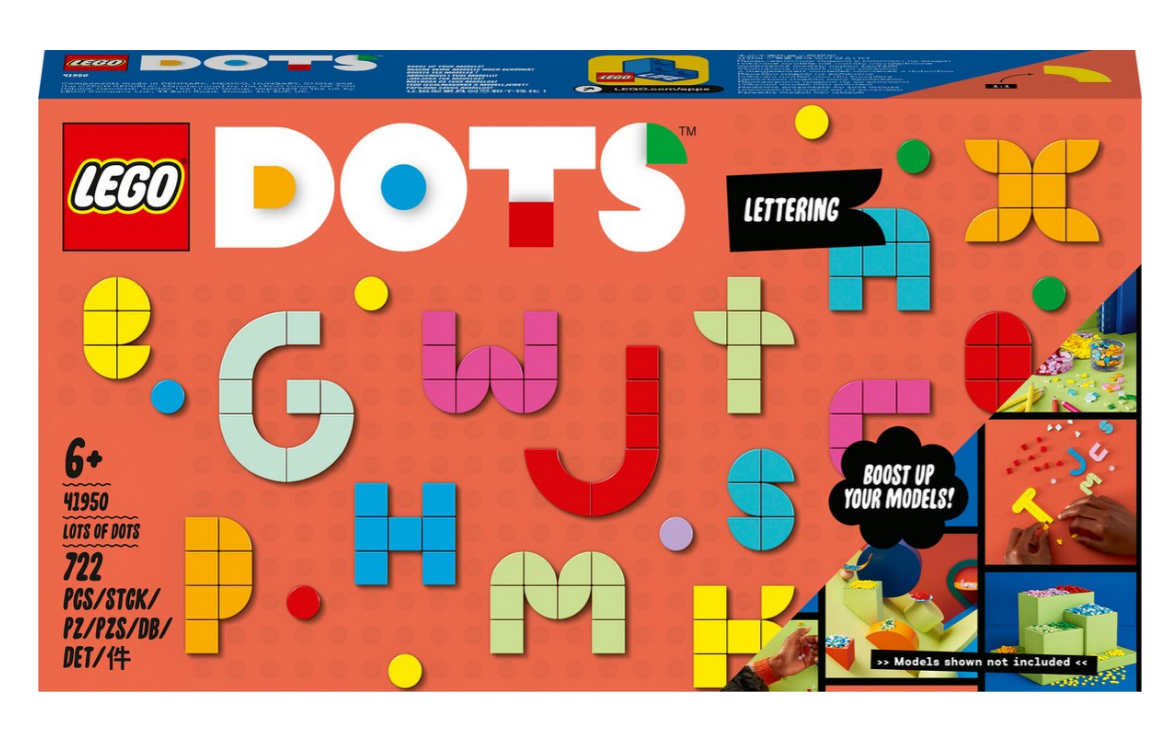

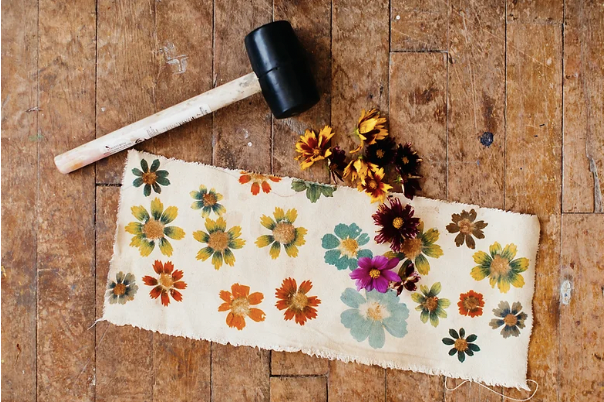

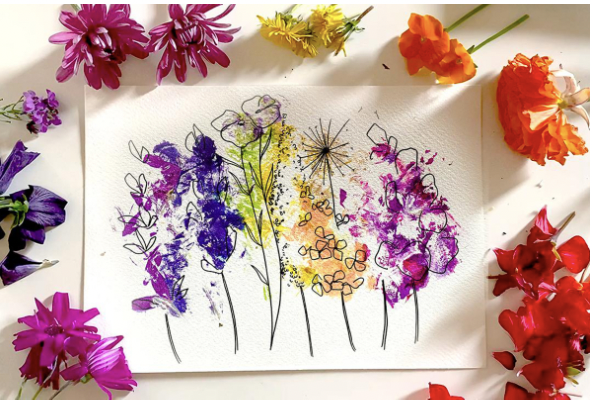
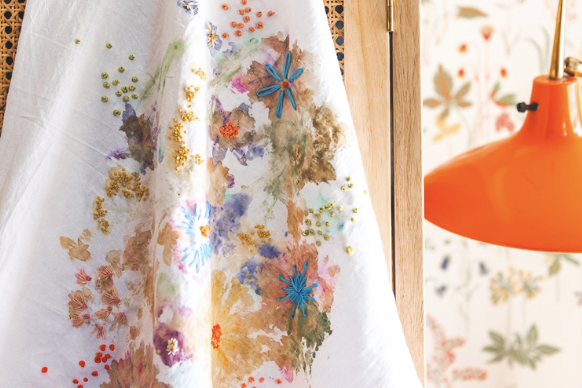
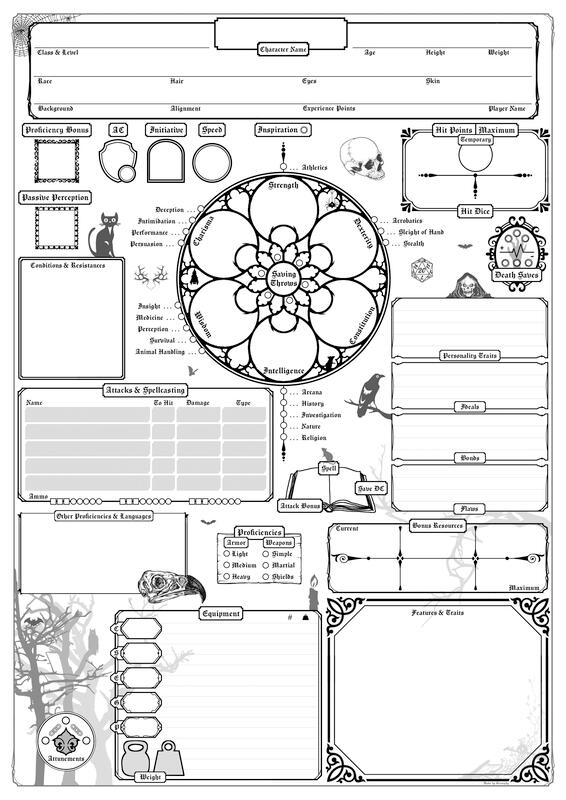
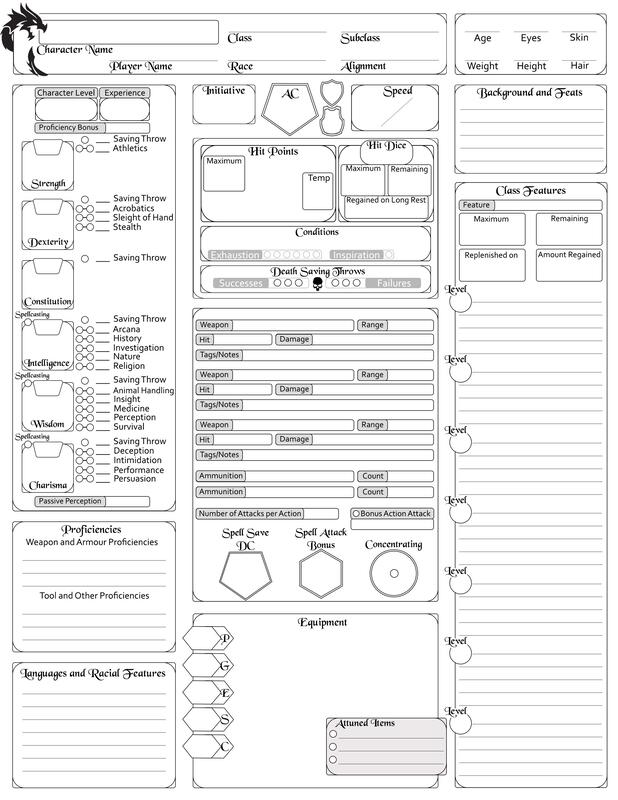

 RSS Feed
RSS Feed